You all have heard the sentence that the first impression is the last, especially when you are doing business online or working online. Every little thing matters when you are coming to the online world.
Websites are the most important thing you need to look after, and it is necessary to acknowledge your splash page and landing page. But do you know what the splash page and landing page mean and the difference between them?
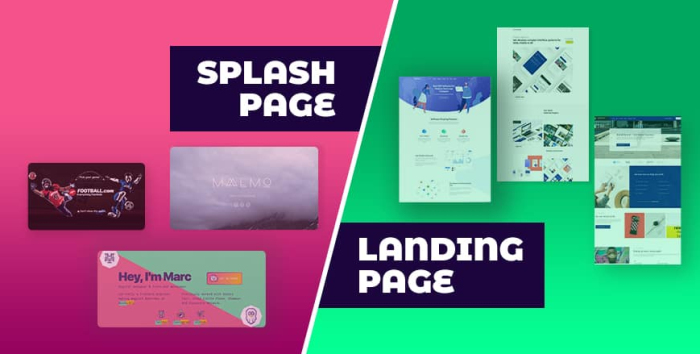
You do not need to stress about it if you do not know. Through this article, you will know the meaning of both and will learn about splash page vs. landing page. So, let’s start to discover about them.
See Also: Page Speed and SEO: How to Optimize Your Site?
What is a Splash Page?
The splash page, also known as the splash screen, is the first introductory page that the website visitors see before scrolling down. Some people also call it the virtual business card.
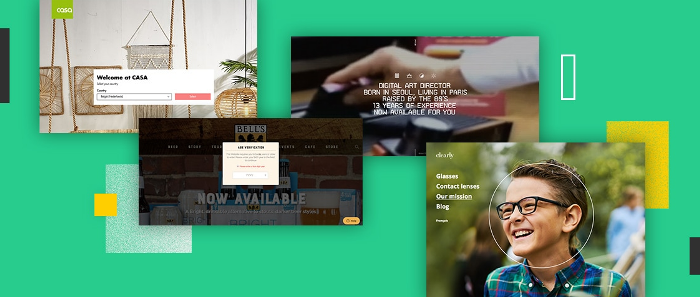
It says all about the website before clicking on its homepage. Owners use splash pages to deliver necessary information regarding upcoming events and some mysteries. The educational website might contain upcoming seminars, webinars, offers, etc.
What Does The Splash Page Consist Of?
The splash page does not ask you for any details; it just contains the message to be delivered and an exit button through which you can come out.
Use Of Splash Page
The splash page of the website has many uses. But some popular uses of the splash page are:
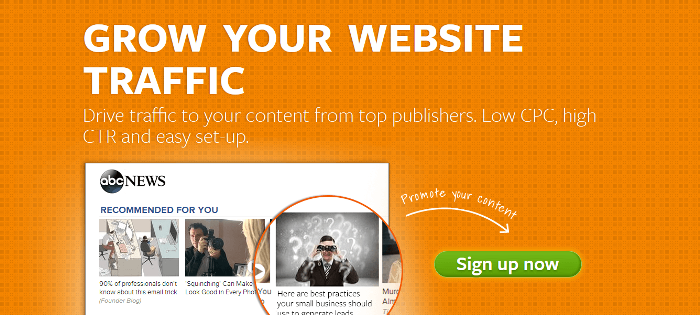
- Promoting a service or an event
- Giving any alert or warning message
- Leading the user to the website’s particular page
- Verifying the data such as your region, mobile number, age, or other detail
- Time To load the website, etc
See Also: How To Create A Custom 404 Page In WordPress?
What Is A Landing Page?
As the name specifies, a landing page is the destination page. It is a standalone, i.e., a single webpage that appears when someone clicks on a link, advertisement, or marketing email.
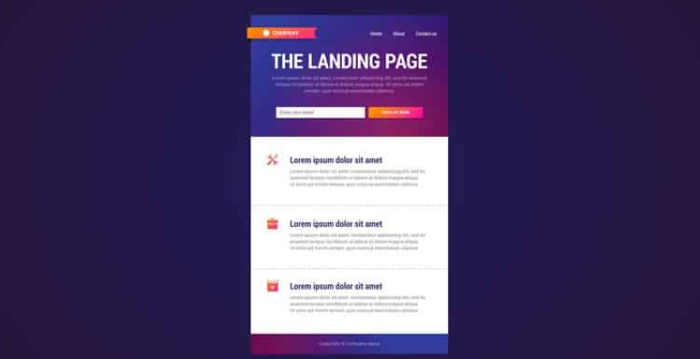
A landing page is similar to a regular webpage and includes everything like it, i.e., domain name, interface, and content. But the difference is that, unlike other regular web pages, it focuses on the main content or the specific user need.
What Does Landing Page Consist Of?
A landing page will generally contain 2 things depending on its purpose:
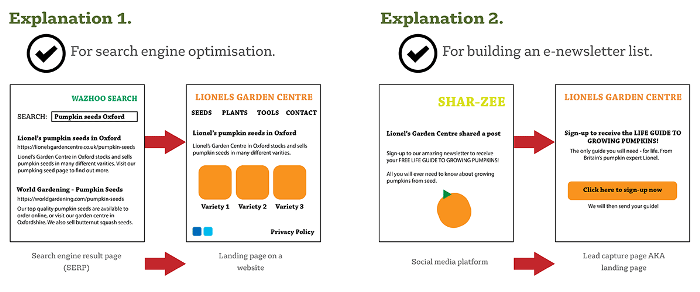
- If the purpose is to generate a lead, it will contain a contact form through which you can contact them.
- If the purpose is to generate a sale, it will contain a link through which you will be redirected to the cart page.
A landing page focuses on the specific task that it needs to perform. It does not contain any toolbar, header, footer, or other navigation paths.
Use Of Landing Page
It depends on the type of landing page and what its use will be. But the everyday use of landing pages includes:
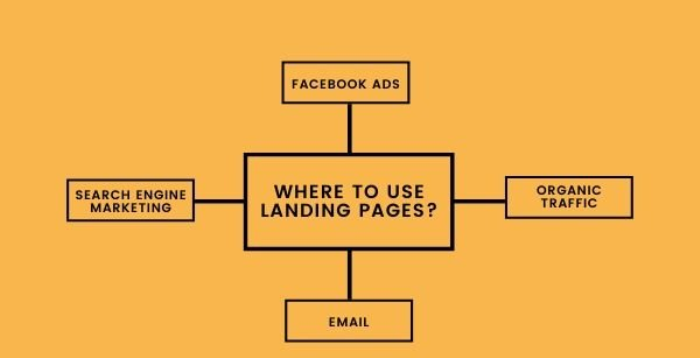
- Download some content
- Register for some specific webinar or event
- Fill In for any competition entry
- Promotion of any e-commerce service or product
- Generate leads
- Subscriptions such as newsletter subscription, etc
See Also: Single Page Website Design vs Multiple-Page Website Design
Splash page vs. Landing page
When you are clear about splash and landing pages, you need to know the difference between them. Let’s figure out about the splash page vs. the landing page.
| Basis Of Difference | Splash Page | Landing Page |
| Definition | A Pop-up page that appears when you first visit a site. | Single Page that opens up to you when you click on a link, advertisement, or promotional mail. |
| Architecture | Independent screen on the website | Single Standalone Page |
| Design Time | It is quick to design a splash page; you do not need to waste much time and put in all your effort. | Designing a landing page is not easy. To design this, you must know coding, SEO, etc. Also, it is time-consuming and requires much effort. |
| Length | It is a short page | It can be a short or long page. Generally, it is long. |
| Time on Website | It is permanent | It is temporary, depending on the campaign of marketing |
| Accessed | You can find it by the url of the website | You can access it through the links. |
| Purpose | The purpose is to promote a service or announce upcoming events, etc. | A landing page’s purpose is to generate leads or do the sale of a service or a product. |
| Main Goals | Splash page’s primary goal is to provide essential and valuable information to the users and encourage people to make a specific Call To Action (CTA) | The main conversion goal of a landing page is content download, registration for a contest or event, etc. |
Design Your Web Pages Today With WebHelpAgency
If you want to design a splash page or a landing page or create a whole website, WebHelpAgency will help you. It is a wordpress agency whose primary goal is to help its clients become leaders.
They have records of delivering top-notch successful projects. Various start-ups and companies choose WebHelpAgency as their partner in creating their projects. You can visit their website and explore more about them and their services.
Visit: https://webhelpagency.com/
FAQs
Is the Splash page a home page?
No, a splash page is not a home page. A home page contains various information and links, but the splash page does not contain so. A splash page is just a pop-up page that appears when you visit a site’s homepage.
Do Landing Pages need SEO?
Best practices of SEO can make your landing page rank high on the search result and reach your target audience. You can attract more people to use your service or product with perfect SEO.
What is a Splash page vs. a Landing page?
A splash page is a short piece or a part of a page that appears like a pop-up when you visit a site. However, a landing page is a page that opens up to you when you click on a specific link.
Conclusion
This article will help you understand what a splash and landing page is and splash page vs. landing page. Both pages have their importance depending on their work. If you want to drive conversions, you can use a landing page.
But if you want to communicate some information to the users or collect their data, you can choose the splash page. If you need clarification about which page to use for which work, you can take the help of a web design agency like WebhelpAgency.
